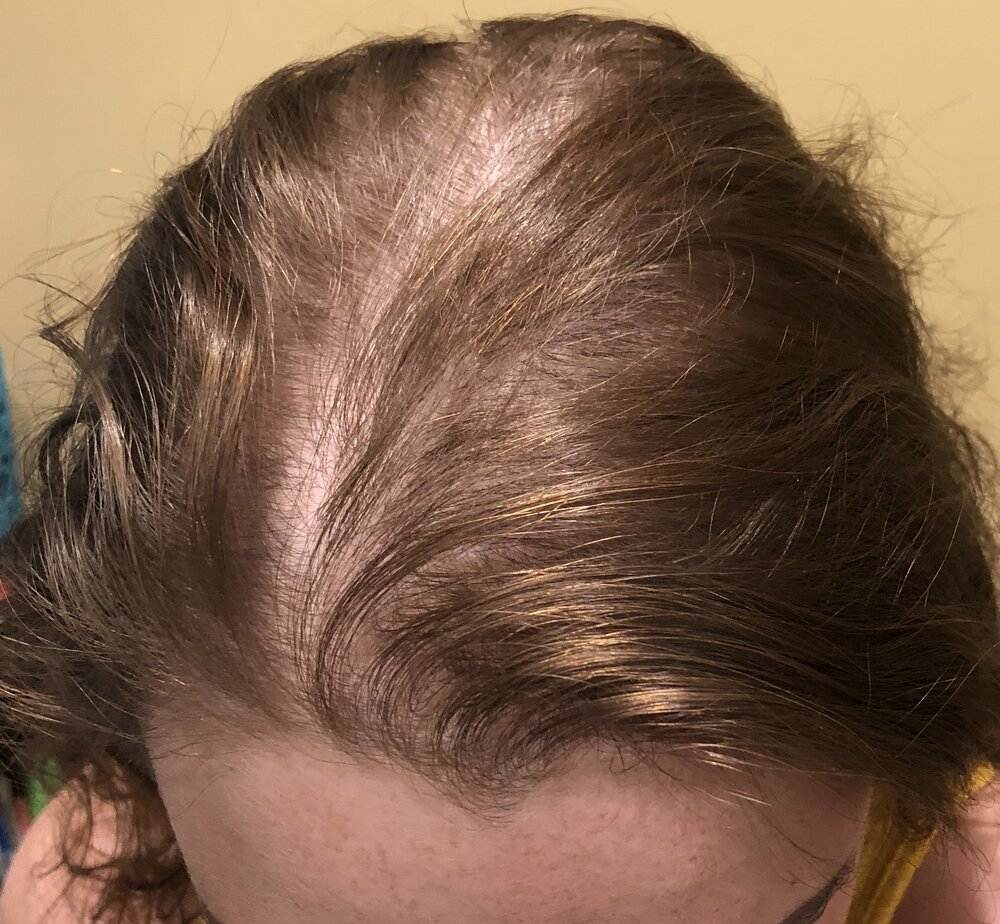
Hair loss and hair thinning can be temporary or permanent. It’s usually genetic, but it can also be triggered by diseases or disorders that attack the hair follicles. And if you drop 15 pounds or more, you might also shed some hair a few months down the road. Don’t worry too much -- it’ll return when you’re back on a healthy diet. Be prepared to shed some locks if you’re getting too much vitamin A or not enough protein. You might notice your hair seems fuller during pregnancy.
Risk factors
The most common cause of alopecia is an inherited condition called male- or female-pattern hair loss. Certain health conditions may also cause other symptoms, such as a rash, redness, pain, peeling of the scalp, hair breakage, patch hair loss, or an unusual pattern of hair loss. It’s important to talk to your doctor if you experience any of these symptoms, as they may be a sign of a more serious condition. Men also experience anagen and telogen effluvium in response to chemotherapy, radiation therapy, or certain medications. In these cases, the hair loss is often reversible when medication or treatment is stopped. A common cause of this imbalance is polycystic ovary syndrome (PCOS).
Special Health Reports

Hair loss can sometimes be a sign of an underlying disease. Doctors can often diagnose the cause of thinning hair by looking at the pattern of hair loss. Performing a gentle scalp massage using essential oils could provide extra benefits.
Minoxidil
"Patients can expect to see results in about three months, noticeable improvement in six months, and a full head of hair growth by 12 to 14 months," she adds. If any of these are the case, hair loss won't be the only symptom present. With thyroid disease, you'll likely also notice changes in energy level, weight, and skin dryness, and you may experience heart palpitations. Hormonal fluctuations often cause acne, facial hair loss like in your eyebrows, and changes in your period.
Vitamins & Supplements

So long as the underlying cause is treated or stopped, you can expect regrowth. However, it can take up to six months before you notice results. Trichorrhexis nodosa is the official name for hair breakage. It takes place mid-shaft while hair loss occurs at the scalp. For instance, if you see little hairs on the floor of different lengths, that’s a sign of breakage, says Dr. Lenzy.
Researchers believe that cortisol, a stress hormone released by your adrenal glands, may disrupt your hair growth cycle. If you have an underlying medical condition, such as alopecia areata, getting the correct treatments from your doctor may help with hair loss. "This means you're keeping your hair and decreasing thinning," Dr. Halaas explains.
Minoxidil shortage creates issues for some dealing with alopecia, hair loss - NBC News
Minoxidil shortage creates issues for some dealing with alopecia, hair loss.
Posted: Mon, 30 Oct 2023 07:00:00 GMT [source]
Treatments for hair loss include medications and surgery. Female-pattern baldness typically starts with scalp hairs becoming progressively less dense. Many women first experience hair thinning and hair loss where they part their hair and on the top-central portion of the head. Finasteride (sold as Propecia and Proscar) is a prescription medication used mainly to treat male pattern baldness by reducing the hormone DHT, which can shrink hair follicles. It's not typically recommended for women of reproductive age due to potential risks to a developing male fetus and may cause sexual side effects in some men.
Hair Loss in Women
Infections, distressing events, high fever, and mental health issues can contribute to stress-related hair loss in men and women. Rapid weight loss due to bariatric surgery or disease can also cause this often reversible condition. When a man has hereditary hair loss, the first sign is often a receding hairline or bald spot at the top of his head. No matter which term you use, it means that you’ve inherited genes that cause your hair follicles (what each hair grows out of) to shrink and eventually stop growing hair. Shrinking can begin as early as your teens, but it usually starts later in life. A dermatologist is a medical doctor who specializes in treating the skin, hair, and nails.
Since there are many types of hair loss and many factors that can cause it, it’s important to understand who is at more risk. Certain health conditions raise your risk of both sudden hair loss (like telogen or anagen effluvium) and progressive hair loss (androgenetic alopecia). Most hair loss in men is caused by androgenetic alopecia or male pattern hair loss. This type is genetic—passed from parent to child—and progresses gradually. It typically affects the hairline, temples, or top of the head.
GP Doctor Bhavini Shah, from LloydsPharmacy Online Doctor, revealed eight possible causes of thinning hair in women. Dozens of over-the-counter supplements and products purport to reverse hair loss, making it tough for patients to know which ones work and which don’t. “As soon as you notice hair loss is happening, you should come in,” says Lauren Eckert Ploch, a dermatologist in Aiken, South Carolina.
Best known by its brand name Rogaine, minoxidil is an over-the-counter hair loss treatment approved by the FDA. There are online options to obtain minoxidil as well, through companies like Hims and Keeps. However, you should avoid taking any extra vitamins if you’re already getting the nutrients you need. There isn’t any evidence that doing so will reverse thinning hair, and getting too much of certain nutrients may actually do more harm than good. While research suggests there are health benefits, the FDA doesn’t monitor or regulate the purity or quality of essential oils. It’s important to talk with a healthcare professional before you begin using essential oils and be sure to research the quality of a brand’s products.


No comments:
Post a Comment